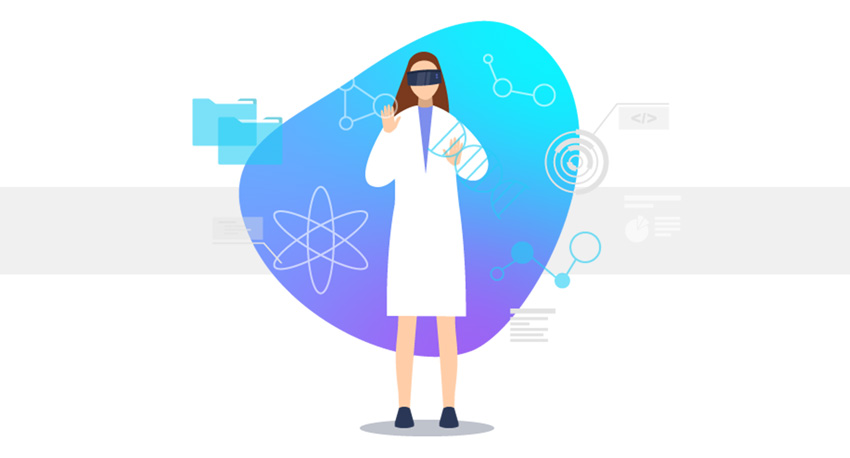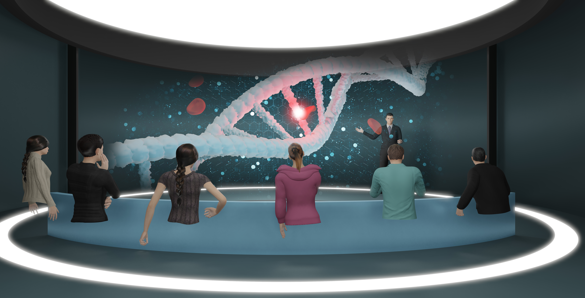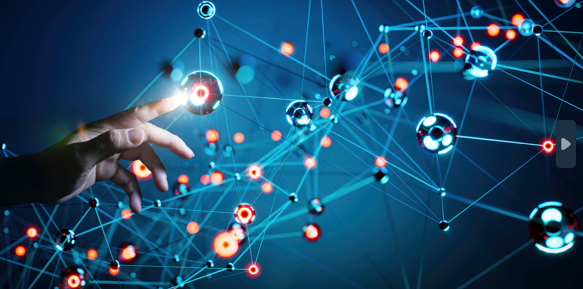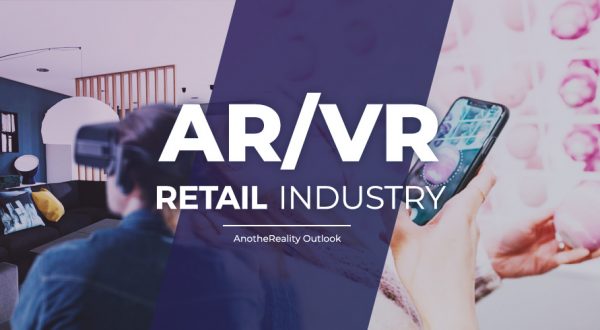It seems that AR and VR in the pharmaceutical sector – a part of the broader life science field – have extensive application possibilities for the benefit of companies, healthcare ecosystem stakeholders (pharmacists, doctors), and patients.
A sector evolving towards low touch
“With a little bit of AR/VR helps the medicine go down”
Perhaps that’s how a modern Mary Poppins would sing to two adorable children. It has been experimented, in fact, that the use of immersive technologies – such as the VR application SnowWorld used in a burn unit – can reduce pain perception by up to 50%. This is just one of many examples and data points demonstrating the increasing integration of digital technologies into the pharmaceutical sector.
According to experts at Quantzig’s “Recent technological advancements are expected to encourage the growth of this industry in the years to come,” technology can be an enabling factor for an entire industry. McKinsey also states that the pandemic has forced accelerated digitization across all segments of the pharmaceutical value chain. IQVIA recently found that 80% of doctors are in favor of increased online contact with pharmaceutical companies, whose communication is becoming increasingly multichannel.
“The COVID-19 scenario has created a strong acceleration towards a low-touch environment,” says Gianfabio Forti, Digital Health Lead Italy at Capgemini Transformation Consulting. “A recent study by the Capgemini Research Institute has highlighted how consumers are much more inclined to use technology to access remote healthcare services compared to before (40% vs. 29%), thus creating a new development area for AR/VR services.”

AR/VR/MR in the pharmaceutical industry: some examples and use cases
#1 | Virtual Training on Laboratory Equipment
This is the most common use case. Training on complex machinery, such as a molecular analyzer, is a scenario where virtual reality can accelerate, make more effective, and even make the teaching of complex or tedious procedures interesting, benefiting the user experience. Through replication in a virtual environment, those who will use the machines can be guided and practice the necessary instructions, make mistakes in a safe environment, and learn faster and independently. The same potential can be leveraged for sales training, for example, targeting personnel in the extensive network of pharmacies, resulting in significant cost savings on travel expenses for pharmaceutical representatives.
#2 | Augmented Maintenance on Medical Equipment
Augmented reality solutions are particularly useful for supporting remote assistance. Instructions for testing or maintaining equipment, such as an ultrasound machine, can be made available to a technician in the form of contextual instructions that are displayed at the specific point on the machine where the operator needs to take action. It is also possible to show a support center what the technician is seeing in real-time so that remote assistance can be provided promptly.
#3 | Virtual Events and Augmented Webinars
Marketing is certainly one of the divisions within pharmaceutical companies that is most interested in immersive applications. In a time of social distancing, augmented reality can make the content of webinars aimed at doctors or medical representatives much richer and more interactive. Taking a step further, virtual reality now allows us to recreate the experience of trade shows and conferences. Doctors can enter a Virtual Experience Center, create their own avatars, attend presentations on cases and research, interact with colleagues, meet in reserved areas, and have private conversations with representatives. All of this can be done safely.
Two interesting examples are MedStart (AR app) and Beautiful Inside, an interactive digital installation developed for DOC Generici during the Meeting di Rimini 2019, based on real-time body tracking (via Kinect).
![]()
#4 | SHOWCASING DEMATERIALIZATION
In cases where events can still take place, with different formats and in hybrid modes compared to remote meetings, AR and VR are of great help in product presentation experiences. From virtual configurators to in-depth AR content, these technologies make product presentations more effective and memorable.
#5 | EDUCATION
Because the emotional impact of these experiences is so strong and memorable, these applications can also be used for educational purposes. This applies not only to B2B targets (sales force) but also to the general public, such as patients. Imagine how effective it could be to have a freestanding station inside a pharmacy, clinic, hospital, or even a shopping center. Or an immersive experience during a conference. Or a booth at a fitness fair, for certain types of medications.
#6 | THERAPIES AND REHABILITATION
This opens up truly fascinating scenarios because virtual reality is a transformative technology that triggers a genuine process of change in our brains through the strong emotions generated by synthetic stimuli. VR can be applied in therapies based on biofeedback and neurofeedback, in psychotherapy, and even more easily in physiotherapy. Virtual reality combined with 3D motion capturing accurately translates real movements onto an avatar that can be visualized in a virtual environment. Training, becoming a game, becomes much more effective, as proven by numerous studies.
KPI and Conclusions
The results are evident to all. Multiple sources state that immersive technologies double the memorability of information, reduce training time by 40%, and increase user satisfaction by up to 88%, positively impacting both the customer experience and the brand. Important KPIs, as we mentioned the case of SnowWorld, have also been verified in neuroscience, psychotherapy, and even physiotherapy.
Contact us if you want to learn more about how pharmaceutical companies have innovated their market approach with immersive technologies.


